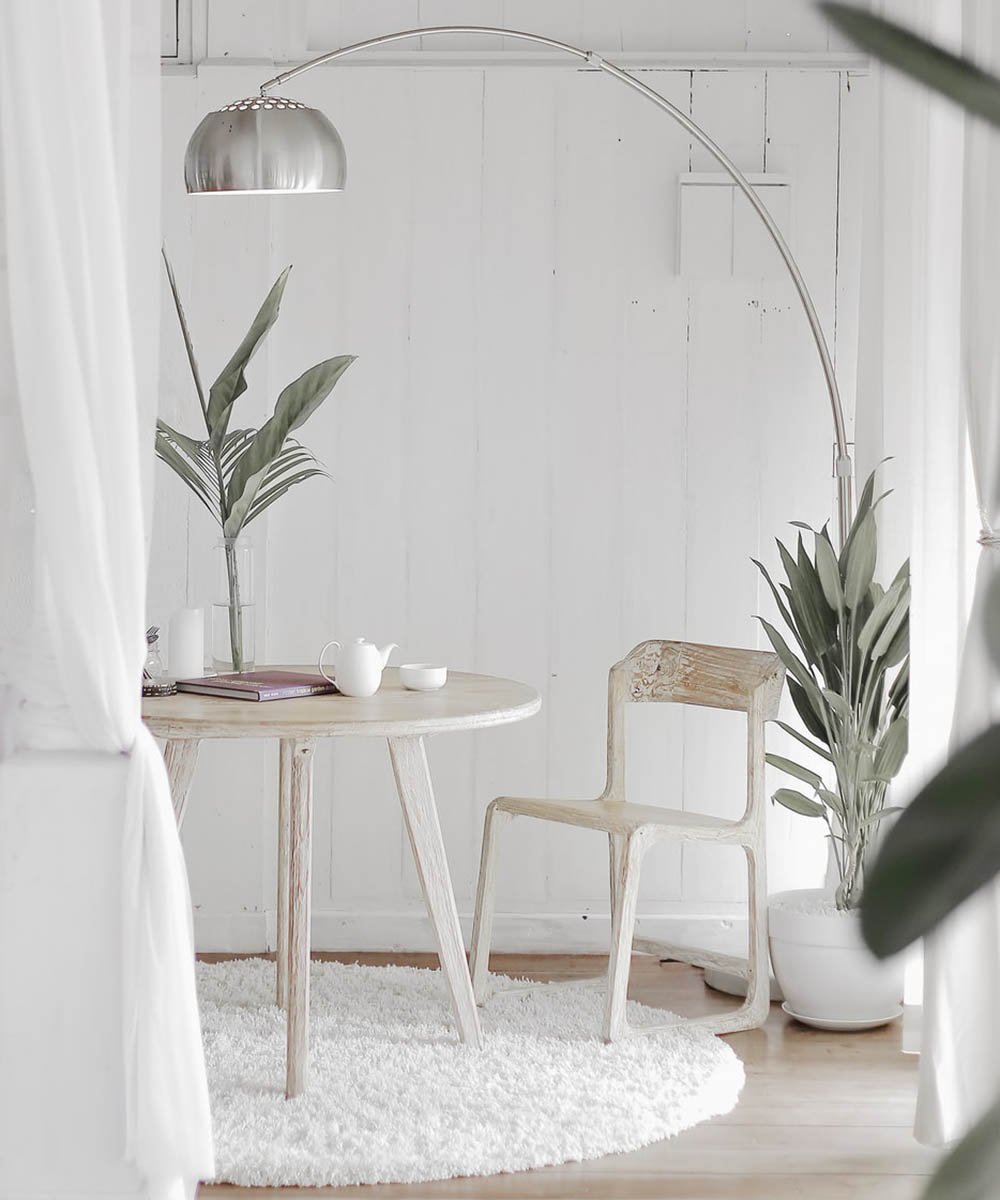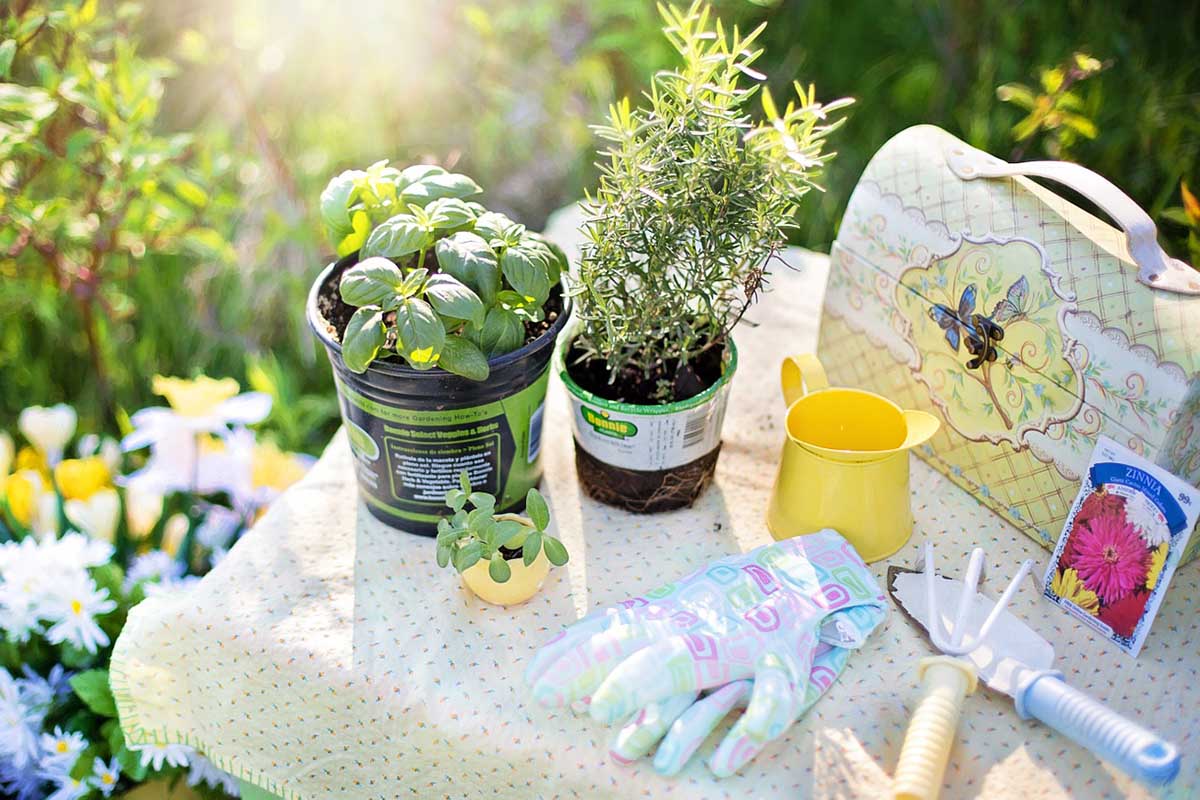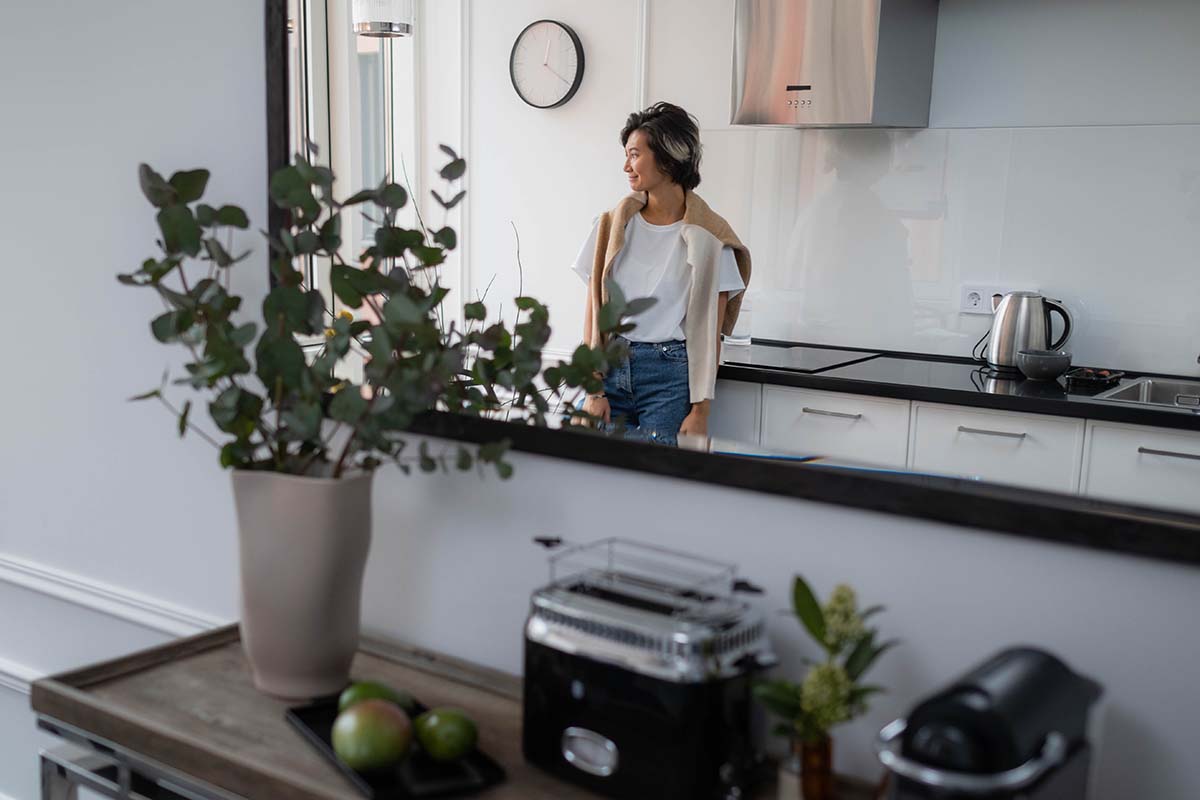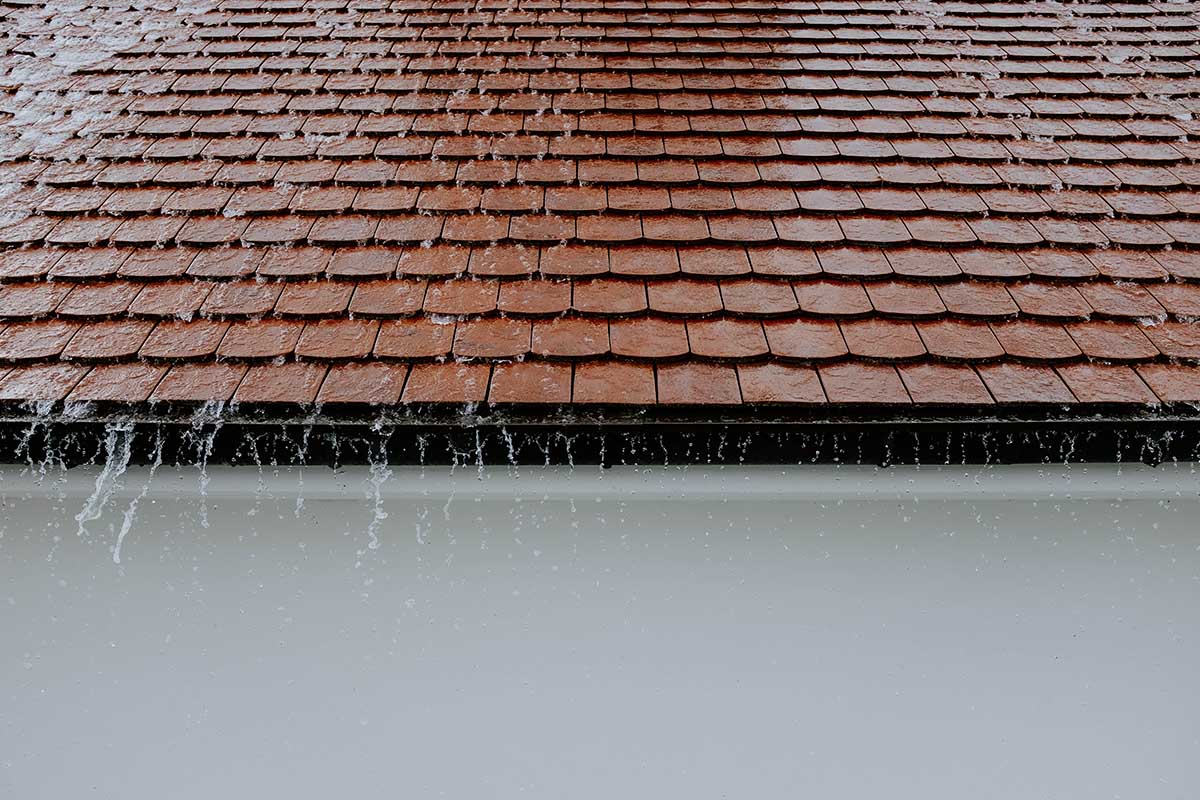What is a Minimalist Home?
In the world of interior design, minimalism is not just a style; it’s a philosophy. With over ten years of designing spaces that resonate with serenity and clarity, I’ve come to appreciate the profound impact of minimalist design on a home. This article delves into the core principles of a minimalist home, supported by examples from my personal design journey.
Minimalist homes are often considered to be attractive but rather bland and not easy spaces to live comfortably in. But the appeal of minimalist living is not in excluding comfort but in embracing a calm, less stressful environment.
Many people have an impression of a minimalist home as a mostly white, bland space with very little furniture and a not very welcoming feel. But a truly minimal home can also be comfortable and reflect something of the owner’s character with carefully selected statement decorations.
Defining Minimalism in Interior Design
Minimalism in interior design is characterized by simplicity, clean lines, and a monochromatic palette, often punctuated with strategic uses of color. It’s about stripping away the unnecessary, leaving only the essential. A minimalist home focuses on functionality, freeing up space, and reducing clutter.
Example: In one of my projects, a downtown apartment, the living room featured a neutral color scheme with white walls and a charcoal gray sofa. The only artwork was a single, striking abstract painting, creating a focal point without overwhelming the space.
Minimalist living is not about removing comfort and personality from space but about injecting a calm, stress-free atmosphere by removing all clutter and creating storage for possessions out of sight. As with all styles of home decor, there are different levels of minimalism that work for different people but every minimal home will have some of these common elements.
The Role of Color and Texture
Contrary to popular belief, minimalism doesn’t mean cold or bland. Thoughtful use of color and texture can add warmth and depth. Soft textiles, natural wood, and a touch of greenery can make a minimalist space feel inviting.
Example: A beachside villa I designed used a palette of whites and beiges, complemented by rich wooden floors and soft, off-white linen curtains. Indoor plants added a fresh, organic touch to the rooms.
Clear surfaces
The majority of visible flat surfaces will be clear of any items. There may be a few open bookcases and the kitchen surfaces may contain a few items that are impractical to store away such as the kettle and toaster, but, in general, even the most frequently used items will have allotted storage space inside a cupboard or drawer.
Simple Furniture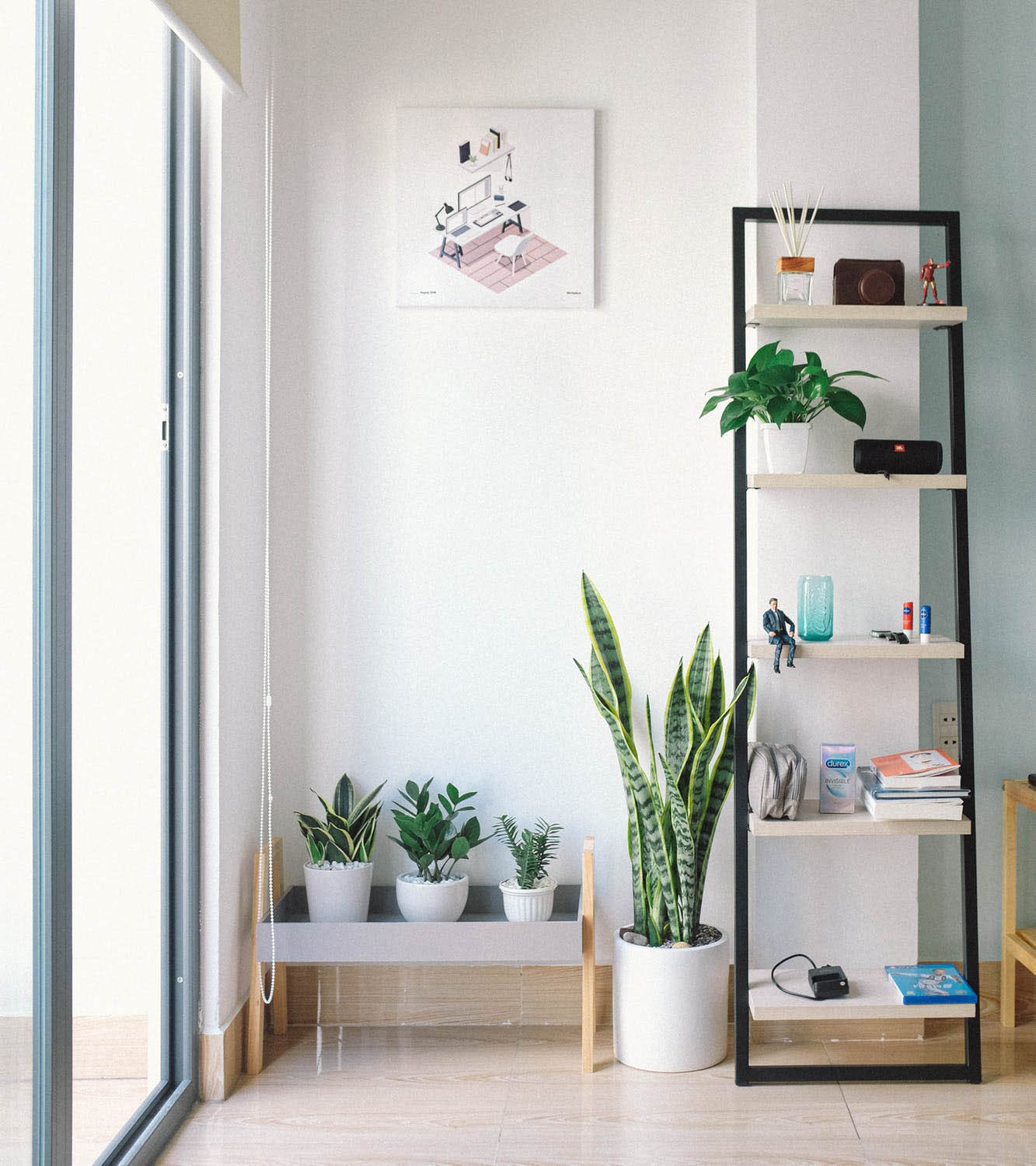
Rooms will only contain essential furniture and it will all be of a simple, elegant design, without any fancy decorative touches. Soft furnishings will be in neutral, or pale, muted colors and there will be no patterns in sight.
Simple Window Treatments
A minimal room may have curtains but they will be a plain feature of the room (no tie-backs, pelmets or fancy rails) but more often the windows will be unadorned or have just a simple blind for privacy.
Functionality and Efficiency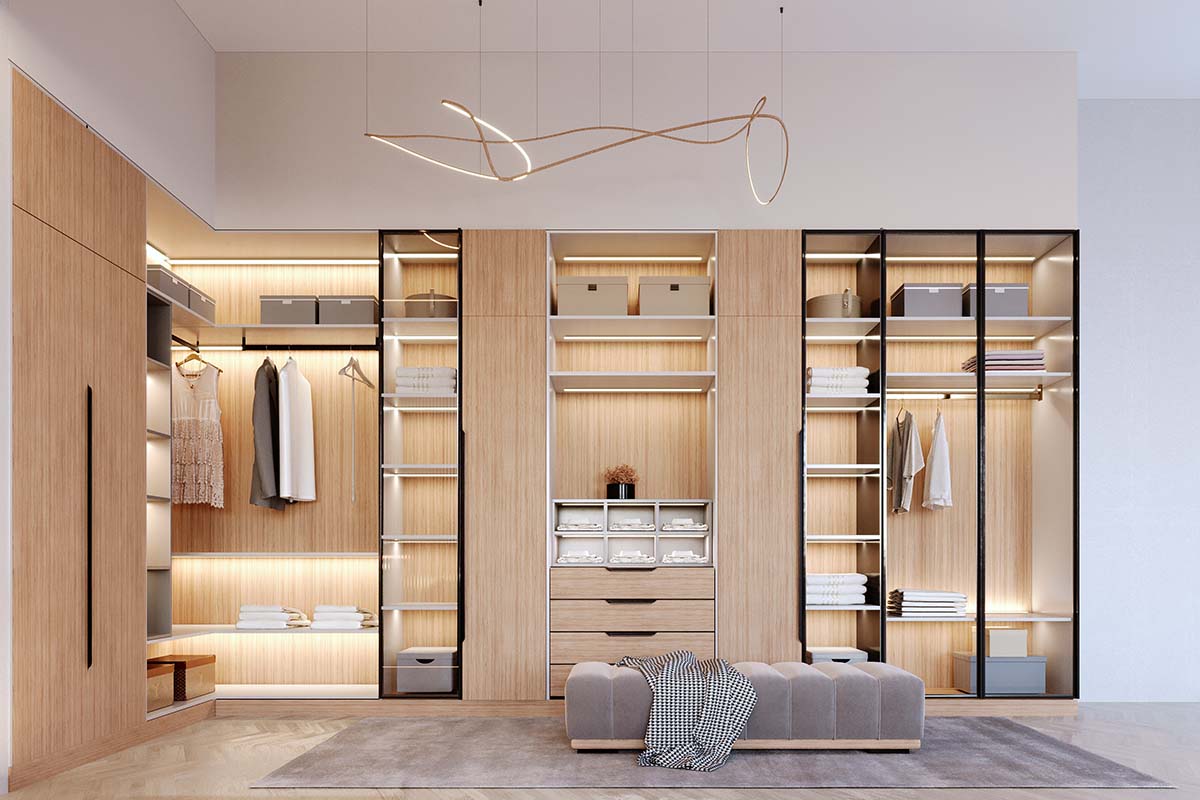
In the realm of minimalist design, functionality and efficiency are paramount. This approach is not merely about aesthetics; it’s deeply rooted in creating spaces that are both practical and serene. In a minimalist home, every item is selected and positioned with intention, serving a specific function without contributing to clutter. This philosophy extends to furniture choices, layout, and even the smallest decorative elements.
In one of my projects, a compact city loft, the challenge was to maximize space without sacrificing style. The solution lay in multi-functional furniture: a sleek, modular sofa that transformed into a guest bed, a coffee table with hidden storage, and wall-mounted shelves that doubled as art displays. This intelligent use of space meant that the loft felt spacious and uncluttered, despite its limited square footage.
Efficiency in minimalist design also pertains to the flow of the space. There’s an emphasis on open-plan layouts, where rooms seamlessly blend into one another, enhancing the sense of spaciousness. This layout encourages social interaction while maintaining a sense of openness.
Additionally, built-in features play a significant role. In another project, a minimalist kitchen was designed with built-in appliances and cabinetry that flushed with the walls. This integration not only saved space but also created a sleek, uninterrupted visual line, which is a hallmark of minimalist design.
In essence, functionality and efficiency in a minimalist home are about creating an environment that is both aesthetically pleasing and eminently livable. It’s the art of balancing clean, open spaces with practical needs, ensuring that every element has a purpose and contributes to the overall harmony of the home.
Plain Neutral or Muted Colours
Contrary to popular belief, minimalism doesn’t mean cold or bland. Thoughtful use of color and texture can add warmth and depth. Soft textiles, natural wood, and a touch of greenery can make a minimalist space feel inviting.
One of the ways of creating the calm atmosphere of a minimalist room is to use neutral and soft, muted colors only. This will not create a bland or cold room if combined with some textural elements in the furniture or flooring. There will be a distinct absence of any patterns however subtle.
Personal Touches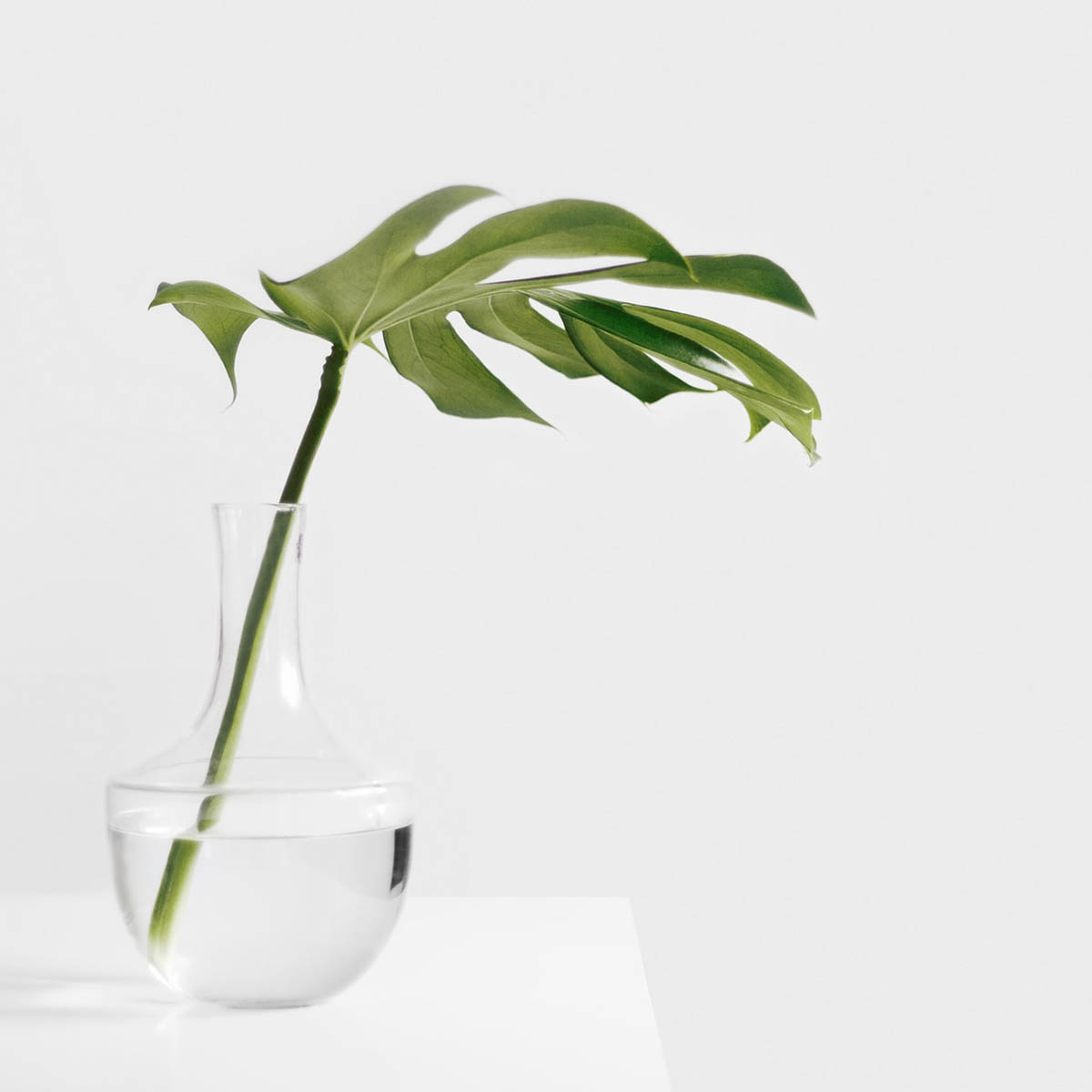
It is important for a home to reflect something of the character of the owner and no one would wish to live in a completely impersonal space so a few carefully chosen items will be on display; maybe an elegant Scandinavian vase on the window ledge or a simply framed family photo on the coffee table.
Decoration
Good paintings often play an important part in the design of a minimalist space; they enable color, texture, and vibrancy to be added to a room without encroaching on the physical space. They also reflect the personality of the owner and bring character to the room to prevent it from seeming too bland.
Abundant storage space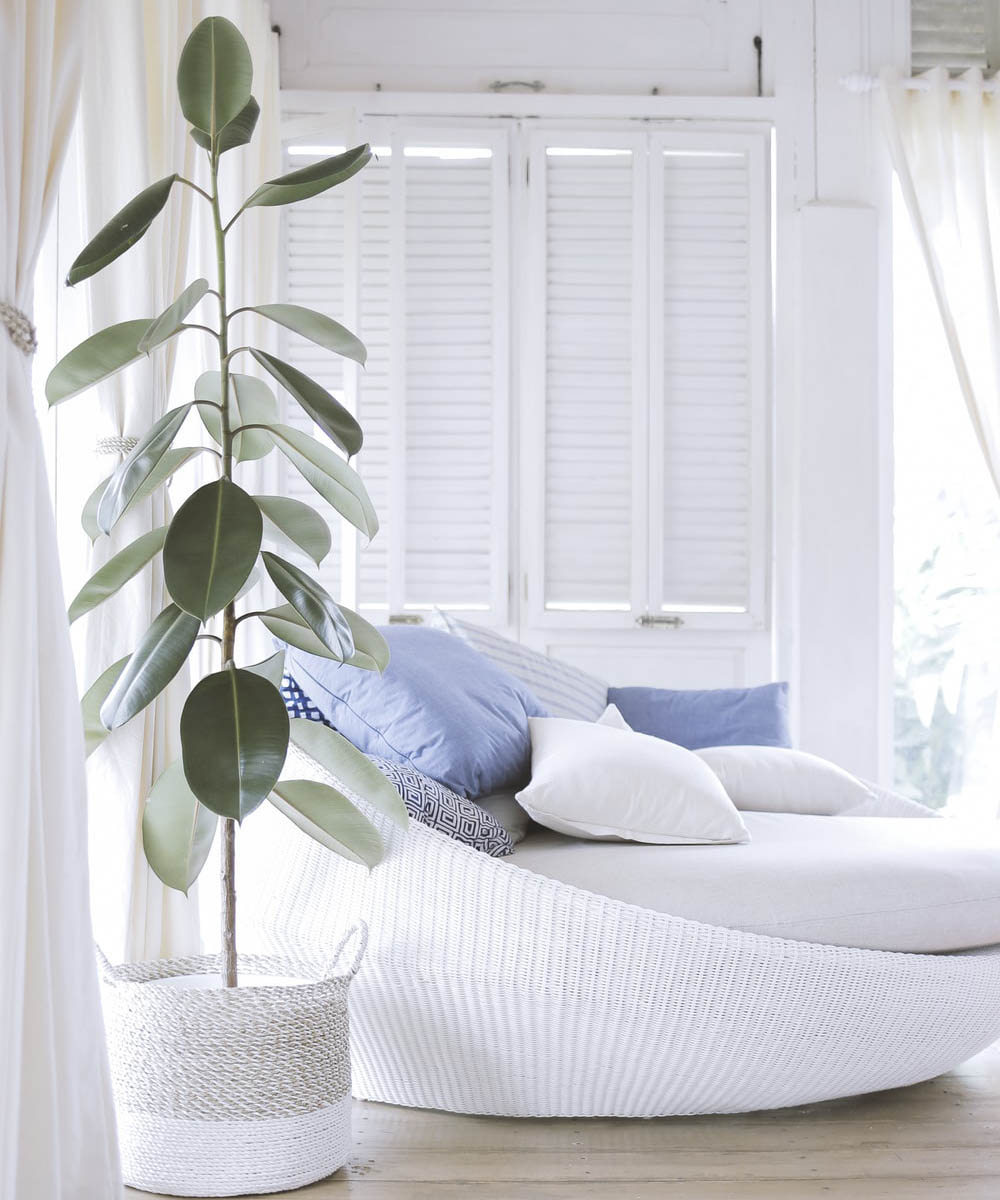
This is the most essential element in any minimalist home, without which a minimal lifestyle would be impossible. The personal storage space should be abundant but also well organized with a defined space for every item that needs to be stored away.
To many of us, it may seem like an impossible ideal to live in a minimalist home but it is possible to start to move towards that calmer and more serene way of living by taking one step at a time. Start by de-cluttering and creating plenty of storage cupboards and drawers.
Attempt to make the easiest rooms minimal first – those that already have the least amount of furniture and clutter and discard all but the most essential pieces of furniture. Next, redecorate in neutral colors and you are already nearly there.
The act of redecorating a room will involve removing almost everything from the room so it is then simply a matter of resisting the temptation to put everything back again. Review every item again, even if you think you have already discarded everything possible there is always the opportunity to remove even more stuff.
Try to ensure that all flat surfaces are completely clear and store away the essential items you have kept in their pre-allocated space in the storage cupboards. It is vital that a minimalist home has plenty of good, well-organized storage space from which items are easily accessible.
Emphasizing Quality Over Quantity
Minimalism values quality over quantity. Investing in a few high-quality pieces rather than many mediocre items creates a space that feels curated and personal.
Example: For a client’s living room, I selected a high-quality leather lounge chair and a handmade wool rug. These pieces stood out for their craftsmanship, elevating the entire room.
